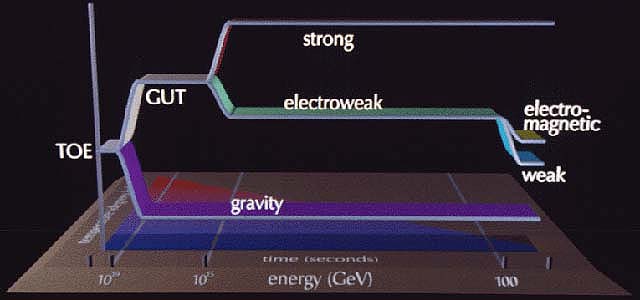


This concept is best known as the principle of homogeneity of dimensions. If in a given relation, the terms of both sides have the same Dimensions, then the equation is dimensionally correct. To check the Dimensional correctness of a given physical relation: It is based on a fact that the magnitude of a physical quantity remains the same whatever system is used for measurement i.e magnitude = numeric value(n) multiplied by unit (u) = constant To convert a physical quantity from one system of the unit to the other: The equation obtained by equating a physical quantity with its Dimensional Formula is called a Dimensional equation. It is written by enclosing the symbols for base quantities with appropriate power in square brackets i.e ( ). The Dimensional Formula of any physical quantity is that expression that represents how and which of the base quantities are included in that quantity. In your own experiments, you can collect data from shorter or longer distances.Dimensions of the physical quantity are the power to which the base quantities are raised to represent that quantity. Use your own data to calculate the acceleration of the flashlight you drop. The time it takes to make that change is 0.33 sĪcceleration = (3.33 m/s – 0 m/s) / 0.33 s = 10 m/s 2 In our case, at time 0.297 to 0.33 s (time = 0.033 s), the distance traveled is from 0.4 m to 0.51 m (distance = 0.11 m). V initial is the flashlight’s velocity just before it’s dropped, or 0 m/s V final is the velocity of the light at the end of the drop. Here’s an example using our data (see the table above): If your flashlight leaves a streak of light, only record the location at the bottom of the streak (the streak is a 1/30 th of a second record of the light's fall).Ĭalculate the acceleration due to gravityĪcceleration describes how fast the rate of something changes.Īcceleration = ( V final – V initial) / the time to make this change Notice that, during the first few steps, the flashlight doesn’t fall very much. Now, step by step, record the distance in meters dropped and the corresponding time of the flashlight’s fall. The frame you’re now at is time 0s and distance 0m.) (Note that frame-by-frame players usually let you move forward or backward via arrow keys. That means each frame will add an additional 0.033 seconds.ĭistance Data: In your video player, find the frame just before your flashlight drops. Time Data: Since your camera records 30 frames a second, each frame represents only 1/30 of a second, or about 0.033 seconds.

Label the columns “Time in seconds” and “Distance in meters.” (See the sample table below.) Make a table with two columns to record your data. Redo it if you didn’t get a clear view of your flashlight’s light falling straight down. Digital video is easy to erase and reshoot. Have someone else film the drop with a digital camera (in HD at standard 30 frames per second).Ĭheck your video to make sure you got the shot. If possible, use only one finger to hold the flashlight still until the time of release. Place the light as close to the 0 cm mark as possible and against the measuring tape. Make sure your flashlight is on a non-blinking setting. Turn on the flashlight and point it upwards. Have one partner stand next to the measuring tape.


 0 kommentar(er)
0 kommentar(er)
